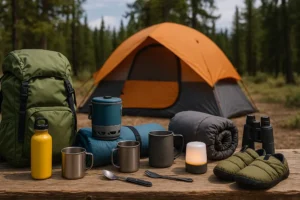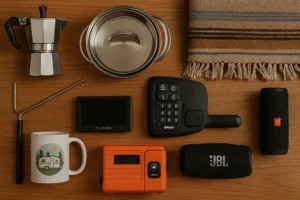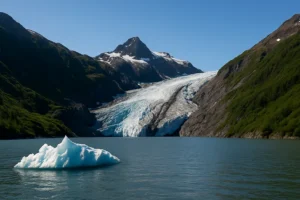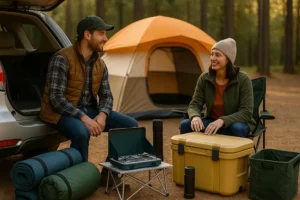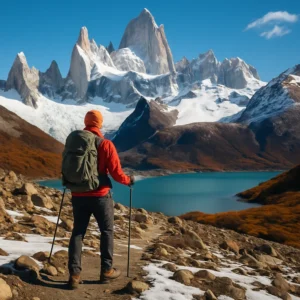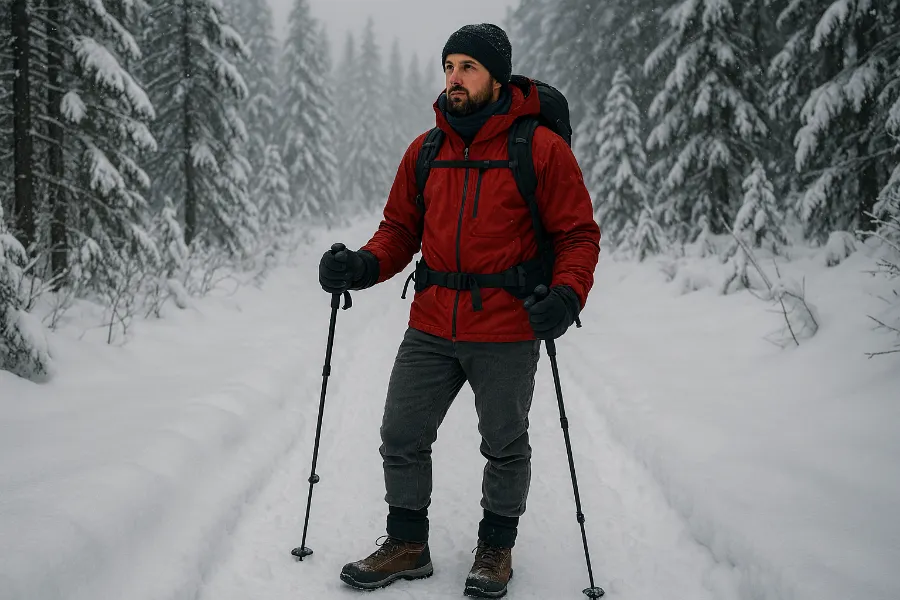
There’s something magical about stepping onto a snow-covered trail. The quiet crunch of your boots, the sparkling trees, and the crisp air make winter hiking unforgettable. But let’s be honest—without the right winter hiking outfit, that magic can quickly turn into misery. Cold toes, wet clothes, and icy winds don’t just ruin the experience; they can be dangerous.
That’s why choosing the right winter hiking outfit is essential. The key? Layering smart, investing in quality fabrics, and never underestimating the little details that keep you warm and dry. In this guide, I’ll walk you through everything you need to know about building the perfect winter hiking outfit—from base layers to boots—so you can hit the trail with confidence.
The Golden Rule: Stay Dry
Before we dive into gear, let’s get one thing straight: staying dry is more important than just staying warm. Sweat and snow are the enemies. If your clothes get wet, your body will lose heat fast. That’s why the foundation of your winter hiking outfit needs to balance insulation with breathability. Every layer you choose should help move moisture away from your skin while shielding you from the elements.
Base Layers: The Foundation of Warmth
Your base layer is your second skin. It’s what regulates body temperature and wicks away sweat.
- Best fabrics: Merino wool or synthetic blends like polypropylene. Both keep you warm, even when damp.
- Avoid cotton: Cotton absorbs moisture and holds it, leaving you chilled.
- Tops: Long-sleeve thermal shirts or crewnecks.
- Bottoms: Thermal leggings or long johns.
A lightweight option works for shorter hikes or milder days, while midweight or heavyweight layers are ideal for longer treks in sub-freezing conditions.
Mid Layers: Insulation Without the Bulk
The job of the mid layer is simple: trap body heat without making you sweat buckets. Think of it as the “engine room” of your winter hiking outfit.
- Fleece jackets: Lightweight, breathable, and quick-drying.
- Wool sweaters: Natural warmth and moisture control.
- Synthetic insulated pullovers: Offer warmth with less weight.
Pro tip: Keep your mid layer handy in your pack if you’re tackling steep climbs. You’ll heat up quickly, and shedding a layer prevents overheating.
Outer Shell: Your Weather Shield
This is the armor in your winter hiking outfit. A good shell keeps out snow, sleet, and biting wind.
- Look for: Waterproof and windproof fabrics like GORE-TEX, NGX, or Pertex.
- Key features:
- Fully taped seams
- Adjustable cuffs and hood
- Stiff brim to shed rain and snow
- Pit zips for ventilation
For multi-day treks or unpredictable conditions, durability matters. Go with a sturdy hardshell over a flimsy rain jacket.
Bottom Layers: Protecting Your Legs
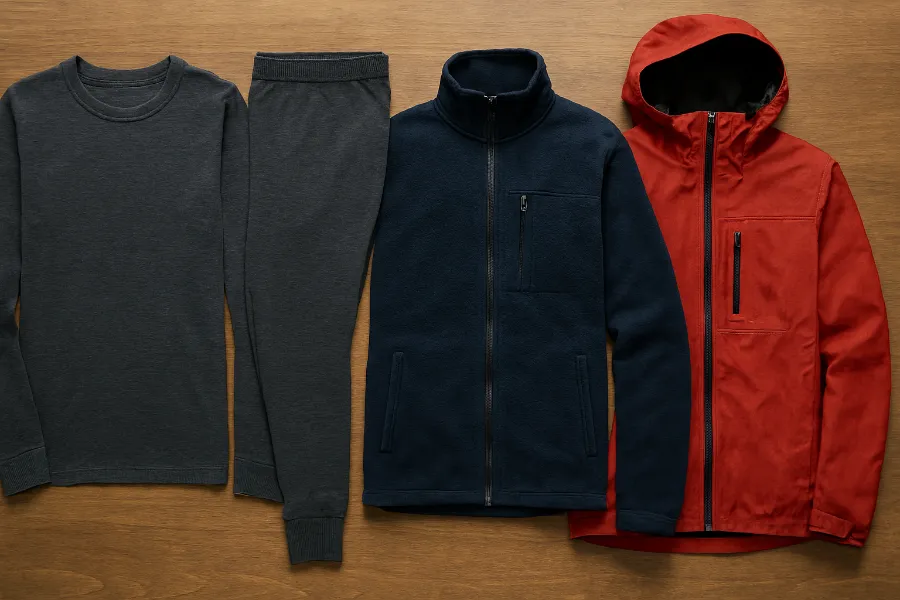
Your legs do the heavy lifting, so don’t leave them underdressed.
- Base: Thermal leggings or long johns.
- Main layer: Hiking pants—regular, fleece-lined, or softshell.
- Extra protection: Waterproof shell pants for wet or snowy days.
Some hikers swear by the classic combo of shorts over thermals for freedom of movement. But for most, modern hiking pants with stretch and breathability strike the right balance.
Footwear: Happy Feet in the Snow
Cold, wet feet will cut your hike short. Your winter hiking outfit must include solid footwear.
- Boots: Waterproof, insulated hiking boots with good ankle support.
- Socks: Wool or synthetic hiking socks (skip cotton). Bring a spare pair.
- Extras:
- Gaiters to keep snow out
- Microspikes or crampons for icy trails
- Snowshoes for deep powder
A thick sock paired with a properly sized boot (not too tight!) helps maintain circulation and warmth.
Accessories: The Cherry on Top
Small items make a big difference in your winter hiking outfit.
- Headwear: A fleece-lined beanie, balaclava, or buff to cover ears and face.
- Gloves: Layer system works best—thin liners plus insulated gloves or mittens.
- Neck gaiter or scarf: Blocks wind and prevents heat loss.
- Sunglasses or goggles: Snow glare can be intense.
Remember, most body heat escapes from your head and extremities. Don’t skimp here.
Extra Gear & Safety Tips
A winter hiking outfit is only part of the puzzle. Bring supporting gear to stay safe.
- Traction: Microspikes or crampons for ice, snowshoes for deep snow.
- Lighting: A headlamp with spare batteries (winter days are short).
- Emergency items: Hand warmers, first aid kit, space blanket.
- Hydration: Insulated water bottle to prevent freezing.
Always pack an extra dry base layer—if you sweat through your first one, changing into something fresh could save your hike.
Putting It All Together
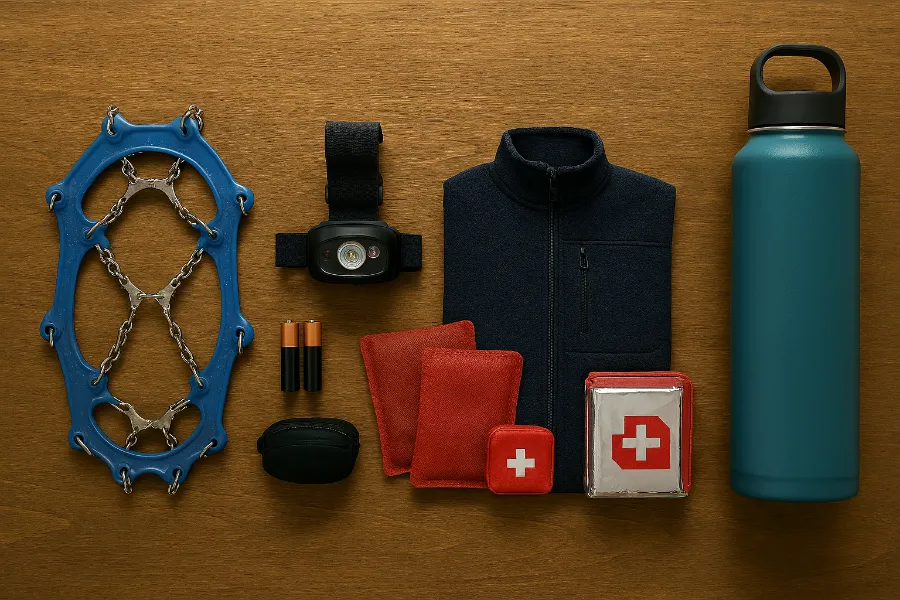
Here’s a sample winter hiking outfit for a typical day hike:
| Layer | Item | Example |
|---|---|---|
| Base | Merino wool thermal top + leggings | Icebreaker 200 Oasis |
| Mid | Fleece jacket | Patagonia R1 or Arc’teryx Kyanite |
| Outer | Waterproof shell | Arc’teryx Beta SL or REI Rainier |
| Legs | Fleece-lined pants + shell pants | Craft Nordic Pants + rain pants |
| Feet | Waterproof insulated boots + wool socks | Oboz Bridger boots + Darn Tough socks |
| Accessories | Beanie, buff, gloves, gaiters | Outdoor Research & Smartwool gear |
Final Thoughts
The right winter hiking outfit is more than clothing—it’s your defense against the cold, your ticket to comfort, and your guarantee that you’ll actually enjoy the beauty of a snowy trail.
Layer smart. Keep dry. Don’t forget your extremities. With the right outfit, you’ll find that winter hiking isn’t something to endure—it’s something to celebrate.
So grab your pack, lace up those boots, and get ready to experience the quiet magic of winter, one snowy step at a time.




